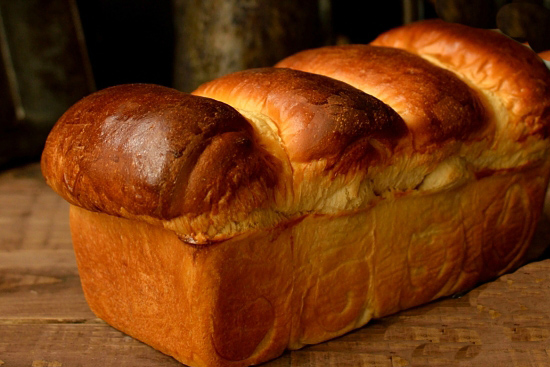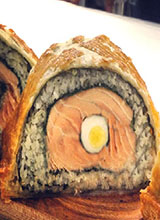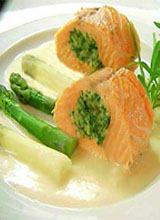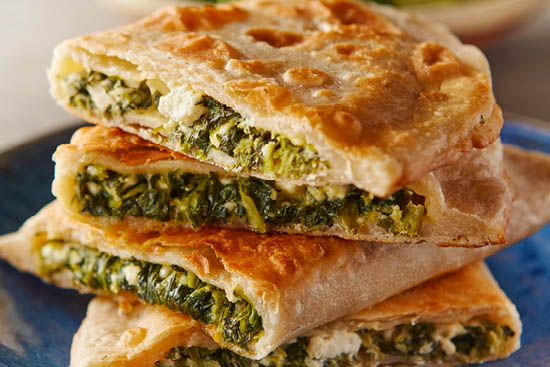
Hokkaido milk bread is quite simply the fluffiest, softest, lightest, most pillowy cloud of deliciousness thanks to a simple technique involving a roux starter known as tangzhong.
This policy contains information about your privacy. By posting, you are declaring that you understand this policy:
This policy is subject to change at any time and without notice.
These terms and conditions contain rules about posting comments. By submitting a comment, you are declaring that you agree with these rules:
Failure to comply with these rules may result in being banned from further commenting.
These terms and conditions are subject to change at any time and without notice.
The latest




Do you really want to delete the list, ?
This won't delete the recipes and articles you've saved, just the list.



Comments (0)